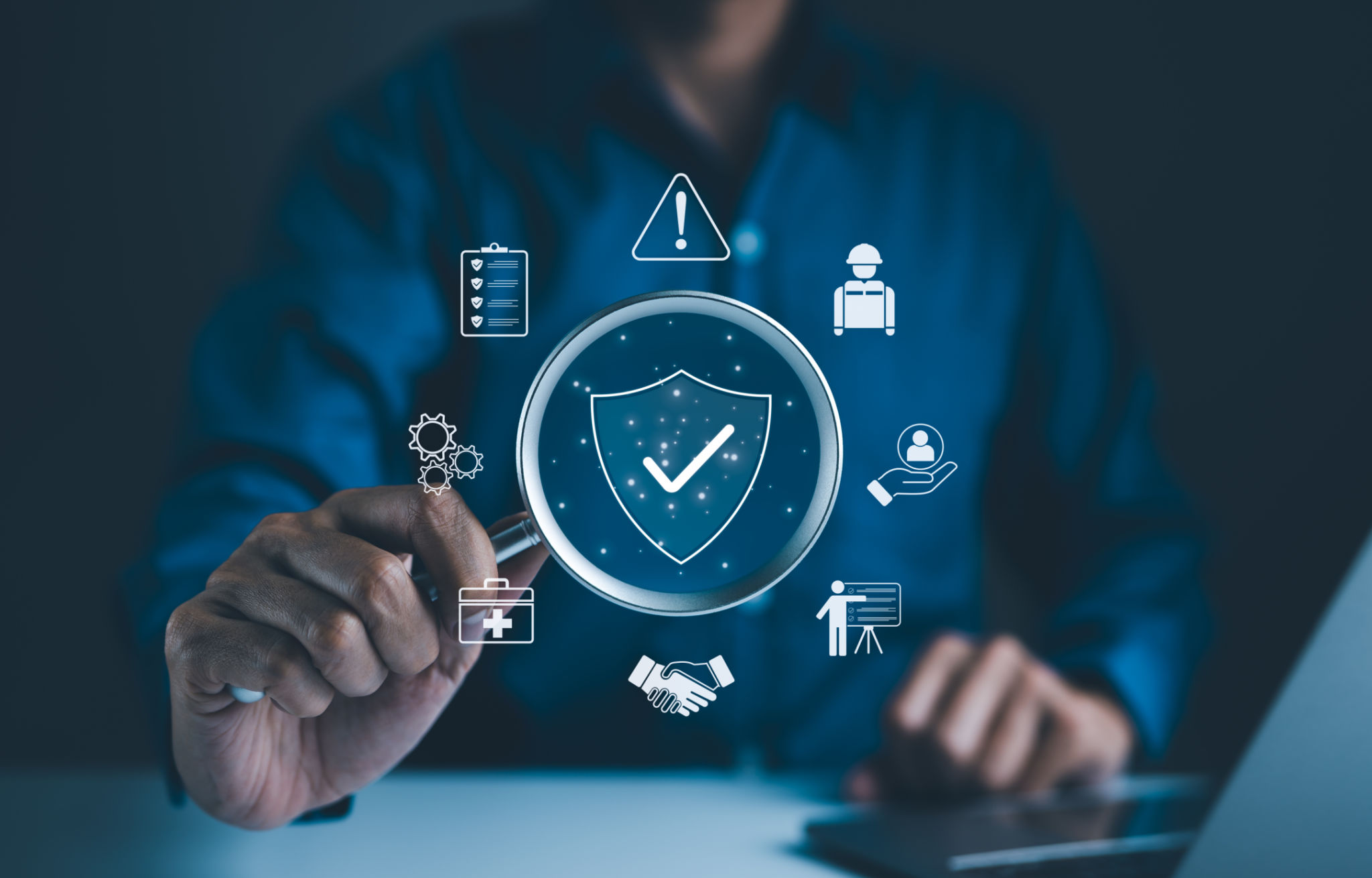Top 5 Trends in Procurement Services You Need to Know
Introduction to Procurement Trends
The landscape of procurement services has evolved significantly, driven by technological advancements and changing business needs. Staying ahead of these trends is crucial for organizations aiming to optimize their supply chain processes and achieve competitive advantages.
Trend 1: Digital Transformation in Procurement
Digital transformation is reshaping procurement services, making processes more efficient and transparent. Technologies such as artificial intelligence (AI), blockchain, and big data analytics are being integrated into procurement strategies. These technologies help in predicting demand, automating routine tasks, and enhancing decision-making capabilities.

AI and Machine Learning
AI and machine learning are particularly influential in automating procurement tasks. By leveraging these technologies, businesses can streamline supplier selection, contract management, and even risk assessment. This not only saves time but also reduces human error.
Trend 2: Sustainable Procurement Practices
Sustainability has become a key focus in procurement services. Companies are increasingly adopting sustainable practices to minimize environmental impact and promote social responsibility. This includes selecting suppliers who adhere to environmental regulations and ethical labor practices.

Green Procurement Policies
Green procurement involves acquiring goods and services that have minimal impact on the environment. Organizations are setting up green policies that prioritize eco-friendly products, thereby reducing their carbon footprint and boosting brand reputation.
Trend 3: Risk Management Enhancement
With global supply chains becoming more complex, risk management has gained prominence in procurement services. Companies are focusing on identifying potential risks early in the supply chain and implementing strategies to mitigate them.
Supply Chain Resilience
Building a resilient supply chain is crucial. Businesses are investing in risk management tools and strategies to anticipate disruptions and respond effectively. This ensures continuity and reliability in supply chain operations.

Trend 4: Strategic Supplier Relationships
The importance of nurturing strategic supplier relationships cannot be overstated. Organizations are moving away from transactional interactions to build long-term partnerships with key suppliers. This strategic approach fosters collaboration and innovation.
Collaborative Supplier Engagement
Engaging suppliers collaboratively allows for better negotiation, improved service levels, and innovation sharing. By treating suppliers as partners, businesses can drive mutual growth and sustainability.
Trend 5: Emphasis on Data-Driven Decision Making
Data is at the heart of modern procurement strategies. Procurement departments are harnessing data analytics to gain insights into spending patterns, supplier performance, and market trends. This data-driven approach enables informed decision-making, enhancing overall efficiency.

Spend Analysis Tools
Spend analysis tools are becoming essential in procurement services. These tools help organizations understand where money is being spent, identify cost-saving opportunities, and optimize procurement budgets effectively.
Conclusion
The future of procurement services is dynamic and technology-driven. By embracing these trends, organizations can enhance their procurement processes, achieve sustainability goals, and build stronger supplier relationships. Staying informed and adaptable is key to thriving in this evolving landscape.
